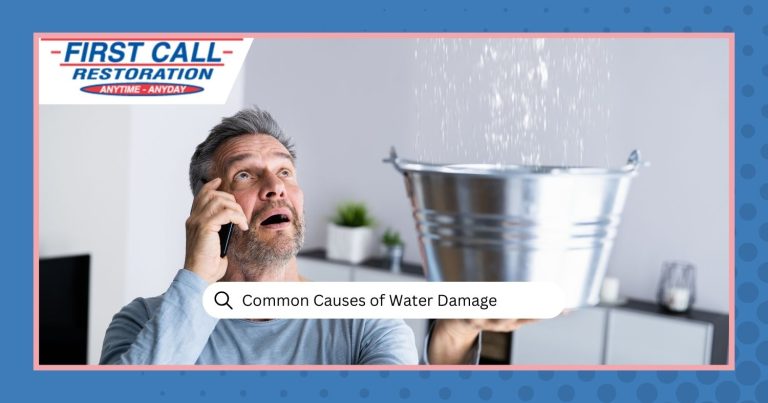How Does Air Duct Cleaning Work?
It’s like a push and pull action. We will place a negative air machine outside your home. Attached is a large 8’x4′ capture bag. Together this creates the suction portion (pull action). We attach this to your air handler which creates suction thru out the system in your home.
At the other end we use an air compressor which blows positive air (push action). Attached to the air compressor is a rotating brush. This agitates loosening and removing dust, dirt, mold spores and debris. All this dirt is pushed and sucked out of the system into our “capture bag”. We do this to each and every register and return in your home. No dirt or dust is left behind, we’ve trapped it all and will dispose of it.
You can breathe easier knowing your homes HVAC system has been thoroughly cleaned and is healthy again.
Most Thorough Air Duct Cleaning Services Ever…
- Clean air conditioner condenser unit
- Clean registers and covers
- Clean compressor and coils
- Clean forced air furnace
- Clean blower wheel
- Clean evaporator coil
- Change air filter
- Protect all flooring with plastic
- Negative air machine is placed outside the home which sucks the particles being pushed out from inside the air ducts
- Dispose of all debris collected
- The finishing touch – we vacuum the work area. We’ll leave it cleaner then when we arrived.
Specialized cleaning (in addition to the above we will…)
- Fire Clean-up
We will apply “Unsoot” as a final step - Mold
We will apply “Sporicide” as a final step
Top Benefits of Air Duct Cleaning Service
NADCA’s (The National Air Duct Cleaners Association) rule of thumb for consumers is that “if your ducts look dirty, they probably are,” and that dirty HVAC systems should be inspected by a reputable, certified HVAC professional. Below are some other reasons homeowners choose to have their air ducts cleaned.
Indoor Air Quality
Indoor air quality is one concern that homeowners have when they decide to investigate air duct cleaning service. In a typical six-room home, up to 40 pounds of dust is created annually through everyday living. Your heating and cooling system is the lungs of your home. The system taken air in and breathes air out.
Through normal occupation in a home, we generate a great deal of contaminants and air pollutants, such as dander, dust, and chemicals. These contaminants are pulled into the HVAC system and re-circulated 5 to 7 times per day, on average. Over time, this re-circulation causes a build-up of contaminants and indoor air pollution in the air duct system.
Energy Savings
According to the U.S. Department of Energy, 25 to 40 percent of the energy used for heating or cooling a home is wasted. Contaminants in the heating and cooling system cause it to work harder and shorten the life of your system. Although filters are used, the heating and cooling system still gets dirty through normal use.
When an HVAC system is clean, it doesn’t have to work as hard to maintain the temperature you desire. As a result, less energy is used, leading to improved cost-effectiveness.
EPA
You should consider having the air ducts in your home cleaned if:
✔ There is substantial visible mold growth inside hard surface (e.g., sheet metal) ducts or on other components of your heating and cooling system. There are several important points to understand concerning mold detection in heating and cooling systems:
✔ Ducts are infested with vermin, e.g. (rodents or insects).
✔ Ducts are clogged with excessive amounts of dust and debris and/or particles are actually released into the home from your supply registers.
Mold and your HVAC
We do recommend having your air ducts cleaned if you have any mold remediation done. Mold spores are pulled into the HVAC system and re-circulated 5 to 7 times per day, on average in your home. Even though the physical structures or contents have been remediated they will be re contaminated by spores in the air handler.
Mycotoxins, another class of agents that may cause disease related to indoor airborne exposure is the mycotoxins. These agents are fungal metabolites that have toxic effects ranging from short-term irritation to immunosuppression and cancer. Virtually all the information related to diseases caused by mycotoxins concerns ingestion of contaminated food40. However, mycotoxins are contained in some kinds of fungus spores, and these can enter the body through the respiratory tract. At least one case of neurotoxic symptoms possibly related to airborne mycotoxin exposure in a heavily contaminated environment has been reported41. Skin is another potential route of exposure to mycotoxins. Toxins of several fungi have caused cases of severe dermatosis. In view of the serious nature of the toxic effects reported for mycotoxins, exposure to mycotoxin-producing agents should be minimized



